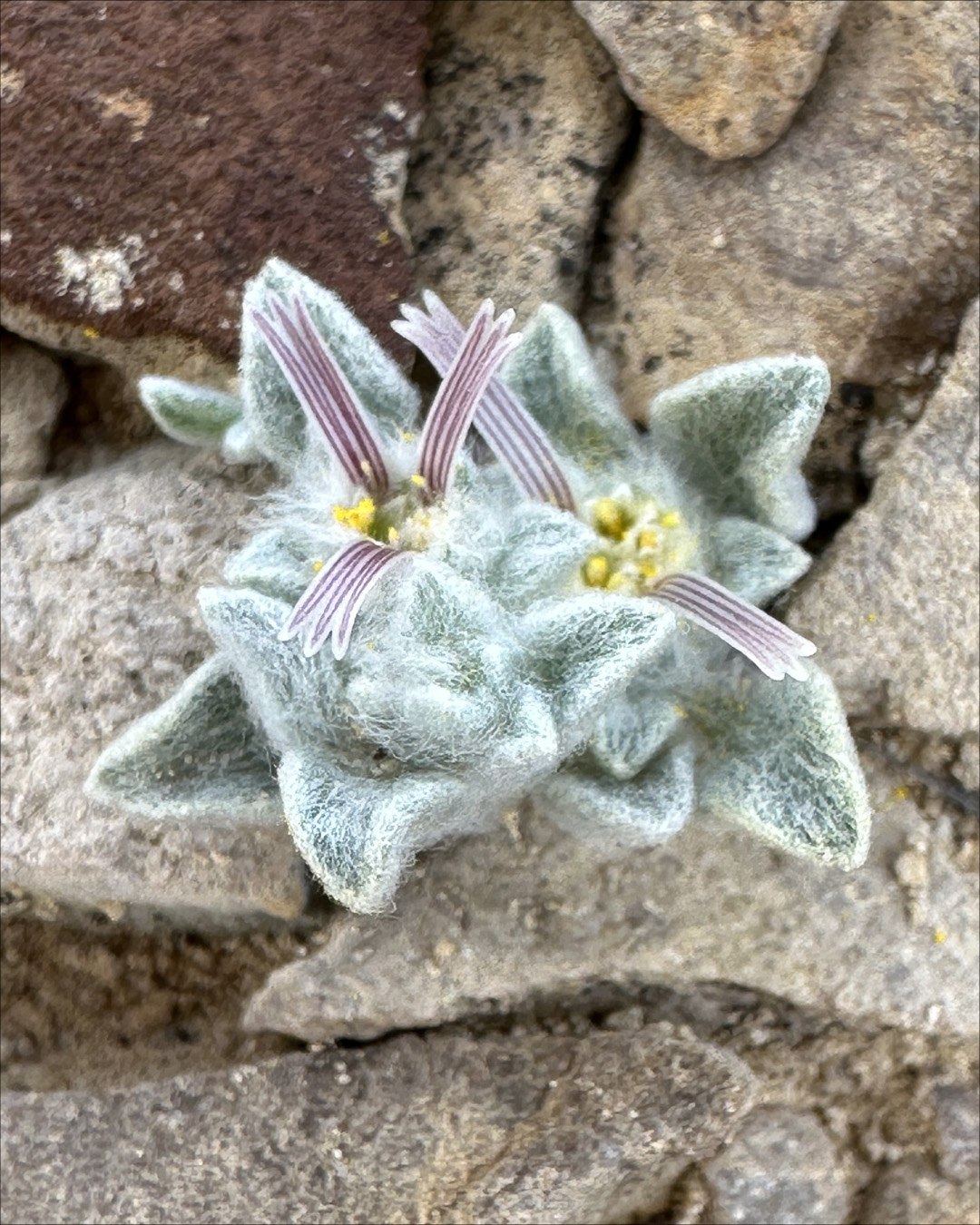- Overview of the woolly devil, a newly discovered sunflower genus and species.
- The process and significance of discovering new plant species in national parks.
- The role of citizen science platforms like iNaturalist in species discovery.
- Importance of taxonomy and naming in botany.
- Conservation and ecological implications of identifying new species.
In March of 2024, a seemingly ordinary event marked the beginning of an extraordinary scientific discovery in the realm of botany. Deb Manley, a diligent volunteer at Big Bend National Park, stumbled across an unfamiliar plant during one of her explorations. This penny-sized, fuzzy plant sparked curiosity due to its unusual attributes. Upon uploading photos of the plant to iNaturalist, a citizen science platform, it was confirmed that the plant was indeed novel to science. Named the woolly devil, or Ovicula biradiata, this peculiar plant is the first new plant genus and species unearthed in a national park in nearly half a century.
The woolly devil, despite its intimidating name, is a fascinating addition to the sunflower family. The name comes from its dense layer of wool-like hair and its two distinctive horn-like florets. Furthermore, the plant’s discovery location, near an area called Devil’s Den in Big Bend National Park, inspired its moniker. Measuring only the size of a penny, this fuzzy plant is distinguished by its unique structural characteristics that contribute to its adaptation to the harsh desert environment. Understanding these adaptations provides insight into the resilience of life in extreme climates and represents a case study in botanical evolution.
The discovery process of Ovicula biradiata highlights the invaluable role of citizen science in the study of plant biodiversity. Citizen scientists, like Manley, contribute significantly by capturing and sharing data that may otherwise go unnoticed by professional scientists. Platforms such as iNaturalist facilitate these contributions by allowing enthusiasts to document their observations. The information is then accessible to researchers worldwide, offering opportunities for analysis and further study. This collaborative effort has proven instrumental in biodiversity research, underscoring the power of community involvement in scientific progress.
Taxonomy, the scientific classification of living organisms, plays a crucial role in understanding the diversity of life on Earth. Classifying and naming new species involves a detailed process of identifying distinctive characteristics that set one species apart from another. In the case of the woolly devil, researchers conducted thorough comparative analyses with other known members of the sunflower family to verify its status as a new genus and species. The naming of Ovicula biradiata reflects not just its physical traits but also its geographical history, linking it to its discovery locale. This naming process is fundamental to organizing and understanding botanical relationships and ensuring consistent communication among scientists.
From an ecological and conservation perspective, the identification of new species like the woolly devil highlights the complexity and richness of our natural environments. Discovering a new species in a protected area such as a national park is a reminder of the unknown and uncharted biodiversity still existing within these regions. It emphasizes the importance of preserving these habitats, which can harbor undiscovered species crucial for ecological balance. Conservation efforts can be informed by such discoveries, leading to better protection strategies for rare and endangered species and their ecosystems.
Overall, the discovery of the woolly devil is a testament to the ongoing evolution of scientific understanding and the importance of collaboration between professional scientists and citizen enthusiasts. This tiny but significant discovery encourages continued exploration and documentation efforts, fostering a deeper appreciation for the intricacies of our planet’s biodiversity. Through the continued study and conservation of such species, we can enrich our knowledge and foster more sustainable interactions with our natural world.
*****
Source Description
Believe it or not, this fuzzy little plant IS a sunflower. 🌻
Named the woolly devil, this flower is the first new plant genus and species discovered in a national park in nearly 50 years.
In March 2024, Deb Manley, a volunteer in @bigbendnps uploaded photos of an unfamiliar, penny-sized plant to @inaturalistorg. It turns out, the plant wasn’t just new to her. It was new to science.
Academy researchers and partners officially described the tiny plant, and named it the woolly devil Ovicula biradiata — a nod to the plant’s fuzzy coating, horn-like florets, and proximity to a place within Big Bend National Park known as Devil’s Den.
Learn more about the woolly devil in the @biographic_magazine article at the link in bio. (Originally published by @atlasobscura.)
Photo: Deb Manley, CC-BY-NC


